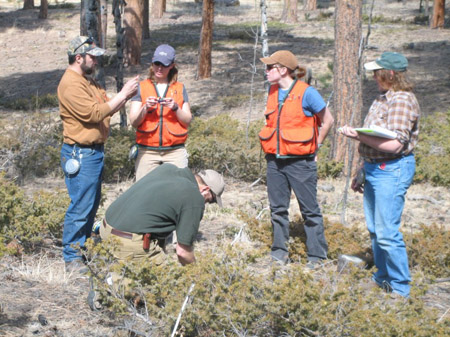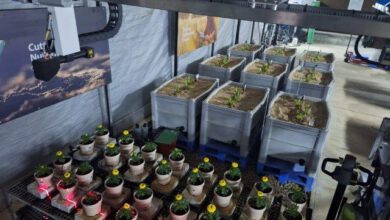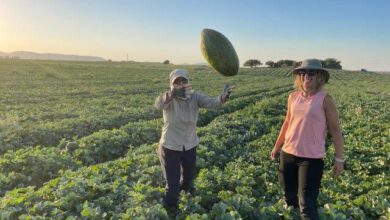Expanding the Monitoring of Biodiversity to Agricultural Areas
For the first time in Israel, agricultural areas ecologically monitored

The effect of intensive agriculture production on biodiversity has been the subject of research in recent years. However, there are still knowledge gaps and no integrative evaluation has been made. The Chief Scientist at the Ministry of Agriculture and Rural Development has issued a call for the establishment of a wide range interdisciplinary project focusing on monitoring and evaluating the effect production interfaces which support sustainable agriculture have on biodiversity, in order to fill these gaps. HaMAARAG, Israel’s National Ecosystem Assessment Program under the auspices of the Israel Academy of Sciences and Humanities, has answered the call and has joined this project.
An inter-institutional and interdisciplinary team of researchers from various disciplines has begun its work, which is expected to continue for three years. The data received will enable the Ministry of Agriculture to assess the effects various growing activities have on the natural life existing in open space located next to agricultural systems. Then to make decisions with regards to advancing actions, which support biodiversity and encourage farmers to implement these actions.
Until recently, the national monitoring plan’s focus was on monitoring biodiversity and the changes in the flora and fauna in the various ecosystems in Israel. This plan is now expanded to include also the monitoring of agricultural systems and agricultural areas for the first time. The goal of this expansion is to enable the collection of valuable information needed, in order to fully understand the effects of various agricultural activities, both organic and conventional, have on biodiversity.
Agricultural areas constitute one quarter of the total area of the state of Israel. Half of these areas are used for dryland farming and half are irrigated. Out of the irrigated areas, half are irrigated by re-used wastewater and marginal water. The total area used for agriculture in Israel has not grown, and has even shrunk throughout the years, in contrast to the constant growth in the total area used for agriculture around the world throughout the year. An effective monitoring of biodiversity in this area is an important basic tool for understanding the existing situation, and examining the effectiveness of activities meant to change the existing situation.
Anat Levingart, Head of Agro-Ecology at the Ministry of Agriculture and Rural Development said: “The goal of the project is to promote research and development and reduce the knowledge gaps with regards to the interface between agriculture and the environment. The project will assist us in understanding how modern agriculture, which knows how to use water intelligently, preserve soil, reduce the use of pesticides, adapt to climate changes, preserve open areas and create environment friendly interfaces in the livestock sectors, affects the environment. Thanks to this project we will be able to make educated decisions which support biodiversity.”




